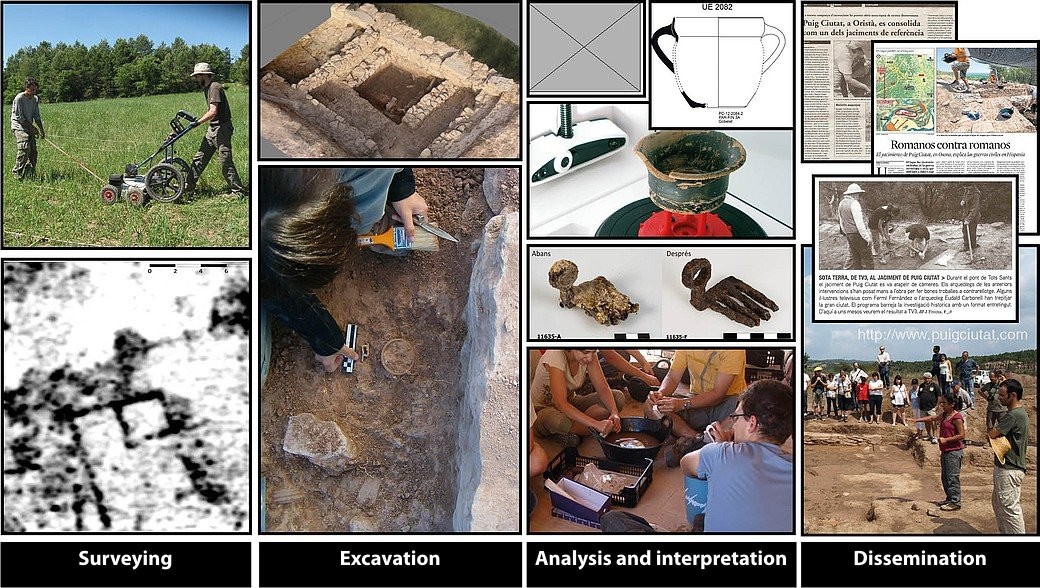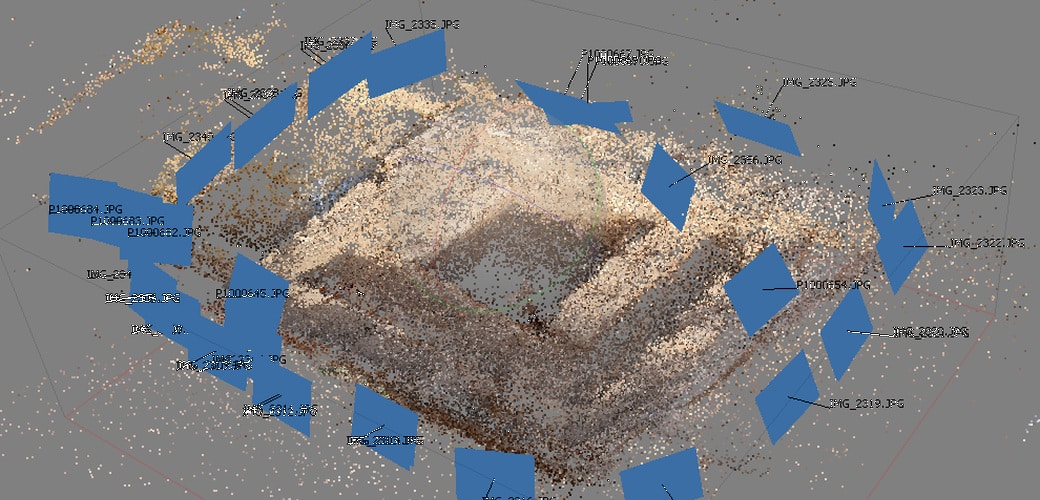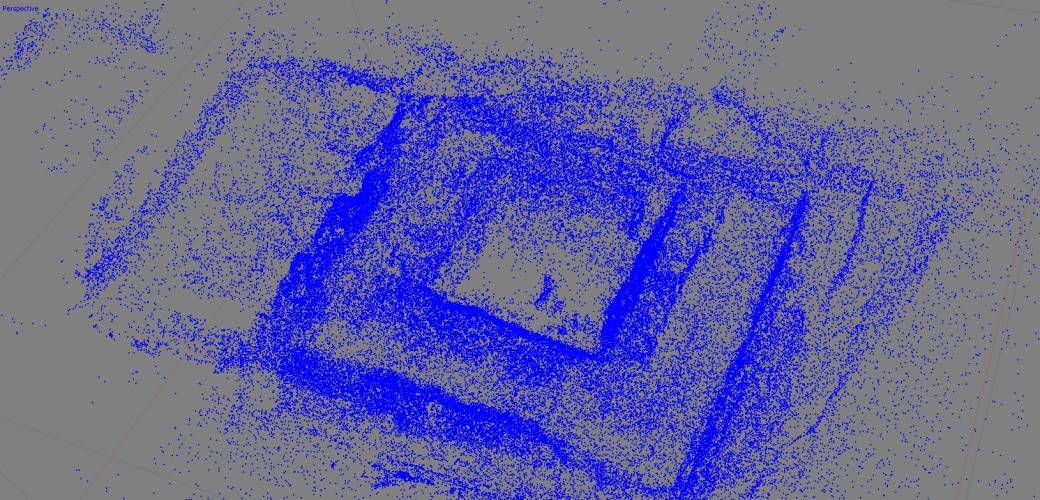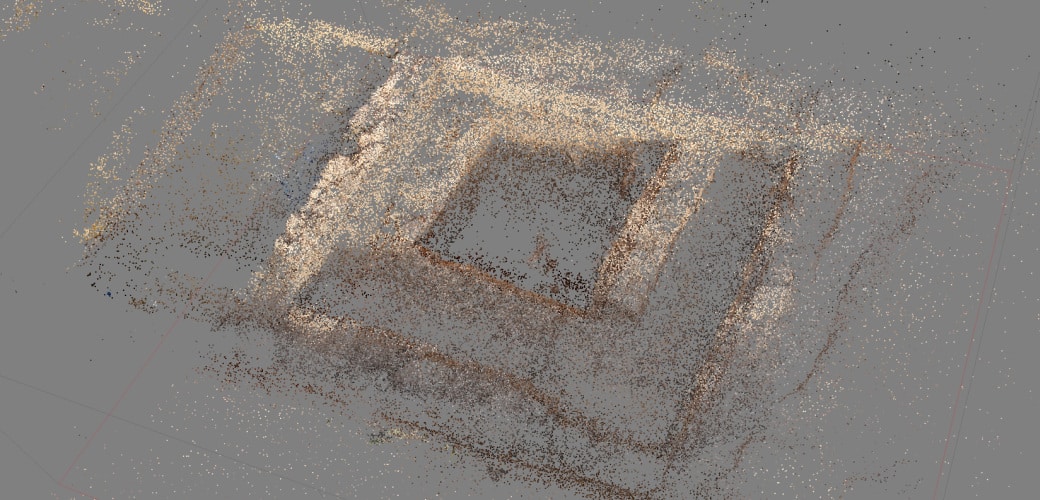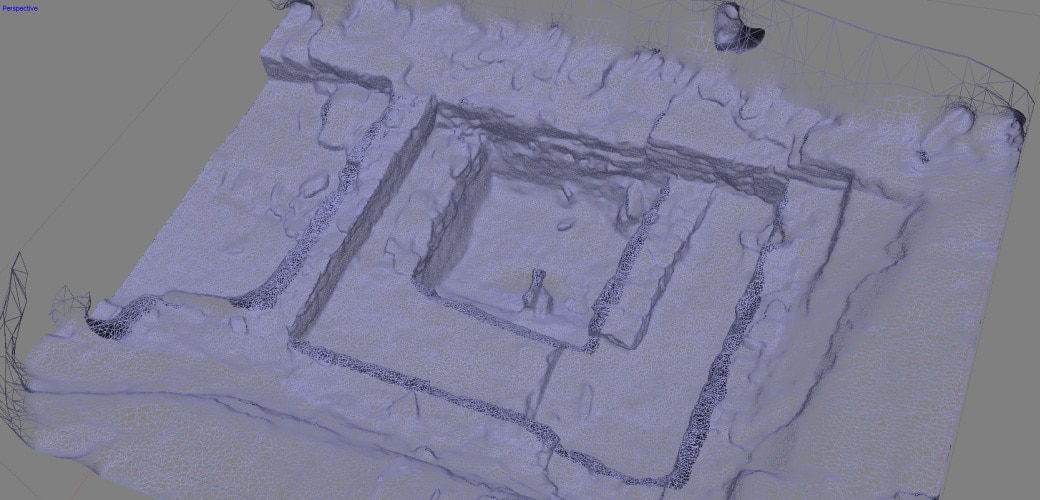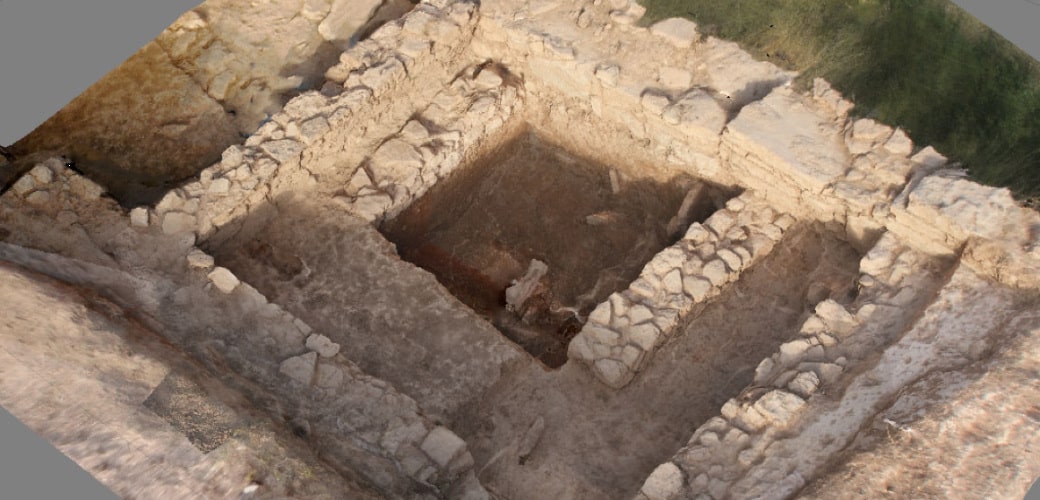Tag Archives: Photogrammetry
3. South-east wall
4. An unusual building
Panel 5. Puig Ciutat: A scientific and educational laboratory
Why is Puig Ciutat important?
The process of Romanisation in the Lluçanès region is still not fully understood. Nevertheless, the study of this archaeological site could spur new research into this historical period in Central Catalonia.
Since 2010, a team of researchers have performed various interventions on the Puig Ciutat site and its vicinity. These interventions were based on a multidisciplinary methodology which includes phases of surveying, excavation, treatment and publicising of the results.
Surveying:
What does it consist of?
Reconnaissance and exploration of the archaeological area using satellite imagery, aerial photographs, topographical models, the search for surface remains (ceramics, metals, etc.) and geophysical methods.
What does it allow?
Detection, documentation and description of possible archaeological sites.
Planning of the excavation.
Excavation:
What does it consist of?
Excavating a particular terrain to locate clues and evidence of ancient societies.
What does it allow?
Recording and documentation of the remains discovered during fieldwork and the stratigraphic information obtained.
Interpretation:
What does it consist of?
Classifying, restoring, digitising and interpreting the archaeological material (ceramics, metals, fauna, etc.).
What does it allow?
Initiation of studies and formulation of hypotheses among specialists in Archaeological Science.
Dissemination:
What does it consist of?
Informing society about the research undertaken on the basis of the site, through reports, guided visits, congresses and media.
What does it allow?
Socialisation of scientific and cultural knowledge for all publics.
5. Building 3
Photogrammetry
To analyse and document the best-preserved structures in the Puig Ciutat site in detail, several photogrammetric studies have been performed. This technique provides geometric, radiometric and semantic information about three-dimensional objects in reality, using different photographs taken from different points of view. The model generated, despite not having real measurements, does have relative measurements that can be converted to real measurements and even to geolocation points if backup markers on the ground are used. This technique produces a model of reality, first in the form of points and polygons and, subsequently, on a solid, textured surface. In this respect, photogrammetry not only provides volumes and 3D measurements, it also offers quality, accuracy and speed in the execution and obtention of large amounts of information.
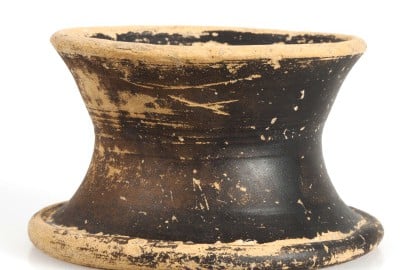
Black burnished ceramic pyx from Cales
Inventory number: PC10-2005-3
Name of the object: pyx
Material: ceramic
Production: black burnish from Cales
Type: common ware
Shape: Lamb. 3
Dimensions: height: 4,8 cm. diametre: 8,7 cm
Chronology: 125-25 BC
Survey: july 2010
Provenance: Sector 2
Description: A small pyx with tapered edge and concave sides without a rim and with an annular foot. It has no decoration. For individual use for consuming liquids.
For more information click here
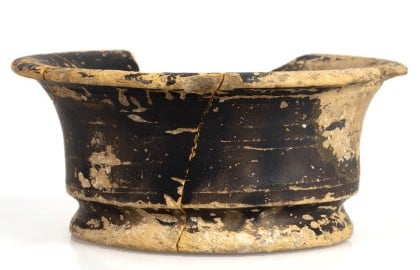
Black burnished ceramic vessel from Cales
Inventory number: PC10-2005-4
Name of the object: small goblet or cup.
Material: ceramic.
Production: black burnish from Cales.
Type: ware
Shape: Lamb. 2
Dimensions: height: 4 cm. diametre: 9,7 cm.
Chronology: 125-25 BC.
Survey: july 2010.
Provenance: sector 2.
Description: Small goblet or tapering cup with concave sides and a marked inflection at the bottom. It shows no decoration. For individual use for consuming liquids.
For more information click here.

